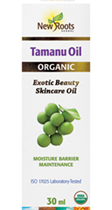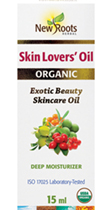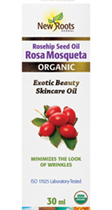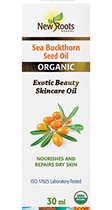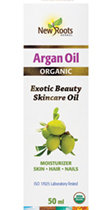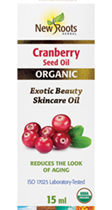What is in Your Cosmetics? The Hidden Cost of Beauty
Your skin, aside from being one of your main organs of detoxification, is also the largest organ in your body. The skin has millions of pores which release oil, water, and gases. However, pores also absorb what is on top of the skin, which means that what you wear on your skin becomes part of your body. Once absorbed, chemicals enter the blood and lymph, and they have to be processed by the kidneys and liver, so take extra care this summer when choosing sunscreens, moisturizers, after-sun care, and cosmetics.
We All Want to Look Beautiful… But at What Price?
Scientifically proven to be cancer-causing and hormone-disrupting, many commercial cosmetic ingredients pose a real threat to human health. Known to have hormone-disrupting effects, which have been documented since the 1960s, these chemicals pose an increased risk to reproductive health as they can impact fertility, ageing, thyroid, and hormone health.
Worse yet, most of the ingredients are permitted for use by Health Canada. The following list of ingredients merely covers a few of the main culprits permitted in body care and beauty products today.
Coal-Tar Dyes
Coal-tar dyes are used as colours for eye cosmetics. Some colours are not approved as food additives, yet they are used in cosmetics that may be ingested, like lipstick.
Health and Environmental Hazards
Coal tar is a mixture of many chemicals derived from petroleum. Coal tar is recognized as a human carcinogen, and the main concern with individual coal tar colours is their potential to cause cancer. As well, these colours may be contaminated with low levels of heavy metals, and some are combined with an aluminum substrate. Aluminum compounds and many heavy metals are toxic to the brain.
Several coal-tar dyes are prohibited on Health Canada’s Cosmetic Ingredient Hotlist and Canada’s Cosmetic Regulations prohibit all but seven of these colours in eye makeup and other products used in the area of the eye. However, dozens of coal-tar–derived colours are still widely used in other cosmetics.
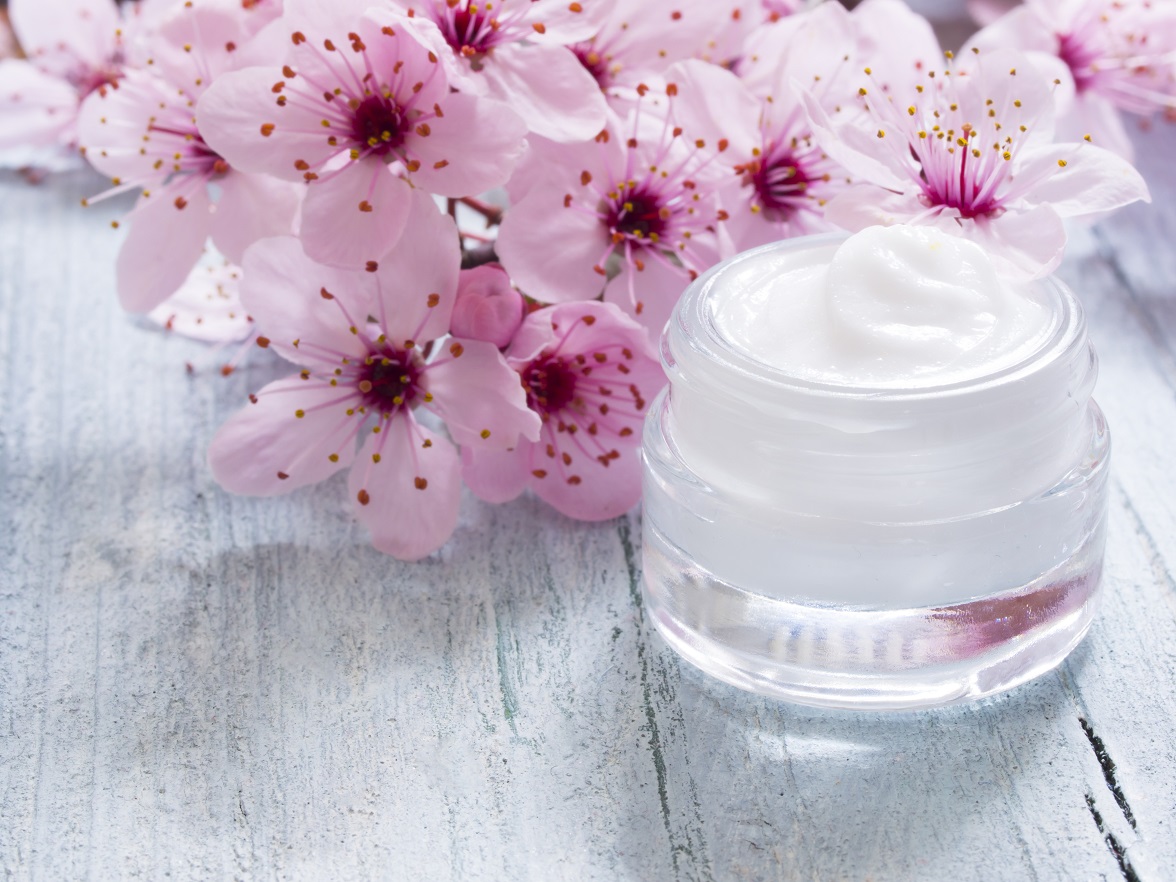
DEA-Related Ingredients in Cosmetics as Foaming Agents
Diethanolamine (DEA) and its compounds are used to make cosmetics creamy or sudsy. DEA is mainly found in moisturizers and sunscreens, while cocamide and lauramide DEA are found in soaps, cleansers, and shampoos. DEA also acts as a pH adjuster, counteracting the acidity of other ingredients.
Health and Environmental Hazards
DEA can react to form nitrosamines, which may cause cancer and are harmful to fish and other wildlife. In laboratory experiments, exposure to high doses of these chemicals has been shown to cause liver cancers and precancerous changes in skin as well as thyroid hormone disruption.
BHA and BHT in Cosmetics as Preservatives
Butylated hydroxyanisole (BHA) and butylated hydroxytoluene (BHT) are synthetic antioxidants used in lipsticks, moisturizers, and makeup as preservatives.
Health and Environmental Hazards
BHA and BHT interfere with hormone function and may cause cancer. Long-term exposure to high doses of BHT is toxic in mice and rats, causing liver, thyroid, and kidney problems, and affecting lung function and blood-clotting time. BHT can encourage tumour growth in certain situations as well.
Regulatory Status in Canada
While banned in Europe, in Canada, both chemicals continue to be used in cosmetics and foods.
DBP in Cosmetics as Solvents and Plasticizers
Dibutyl phthalate (pronounced thal-ate), or DBP, is used mainly in nail products as a solvent for dyes and as a plasticizer that prevents nail polishes from becoming brittle. DBP is also commonly used in polyvinyl chloride plastic (PVC) to render it flexible.
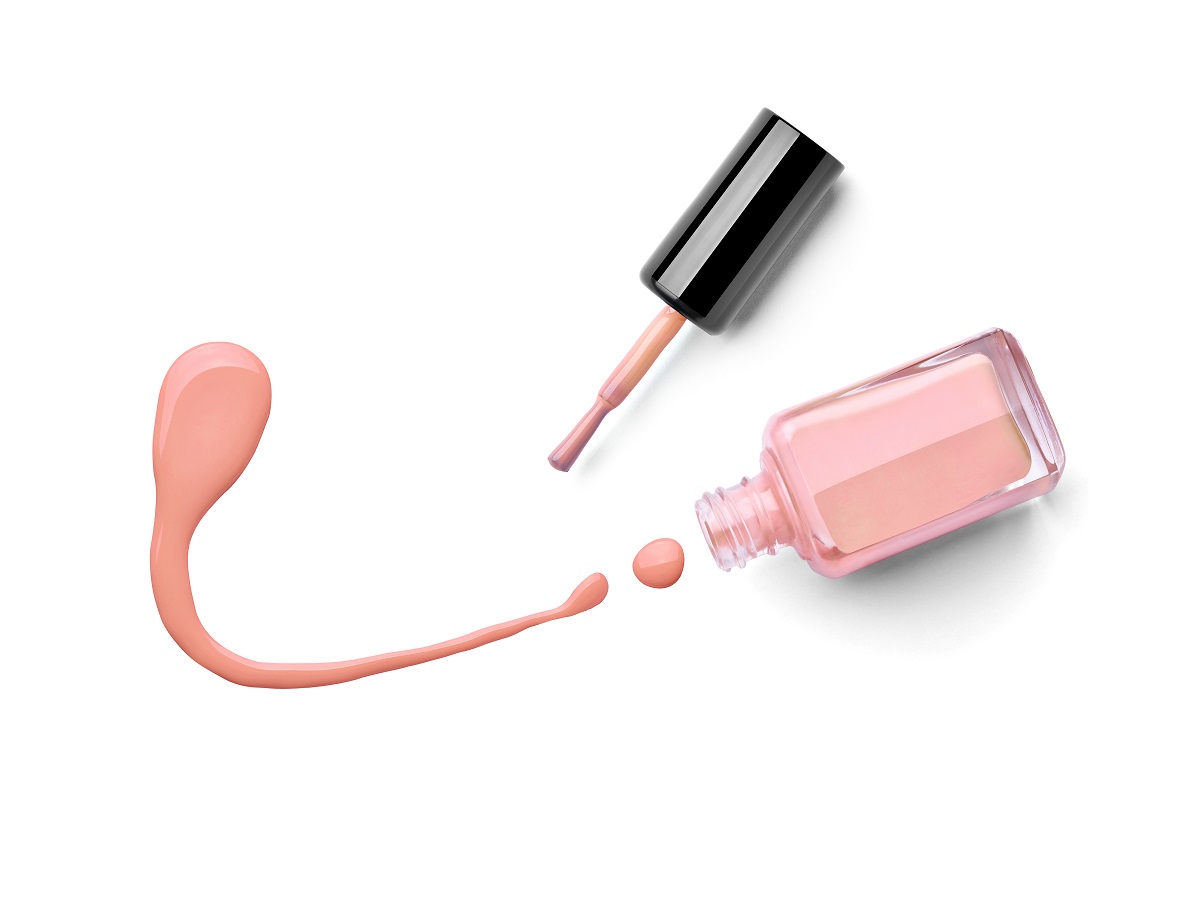
Health and Environmental Hazards
DBP is a suspected endocrine disruptor and reproductive toxicant. It is harmful to fish and other wildlife. DBP is absorbed through the skin. It can enhance the capacity of other chemicals to cause genetic mutations, although it has not been shown to be a mutagen itself. In laboratory experiments, it has been shown to cause developmental defects, changes in the testes and prostate, and reduced sperm counts.
Health Canada Regulatory Status
Use in cosmetics is not restricted. Health Canada recently announced regulations banning six phthalates (including DBP) in soft-vinyl children’s toys and child-care articles. The European Union classifies DBP as a suspected endocrine disruptor, based on evidence that it interferes with hormone function, and as toxic to reproduction, on the basis that it may cause harm to the unborn child and impair fertility. The European Union bans DBP in cosmetics, as well as in child-care articles and toys.
What You Can Do
1. Get familiar with the list of chemicals to look out for while purchasing cosmetics.
2. Stop using commercial cosmetics and switch to natural.
3. Remove the chemicals from your body through a detox.
4. Write to Health Canada to urge the removal of harmful chemicals from health and beauty products.
5. Tell a friend, coworker, or relative—help others become informed and proactive!
For a more comprehensive list of commercial cosmetics and evidence-based information on their hormone-disrupting effects, refer to the chart below.
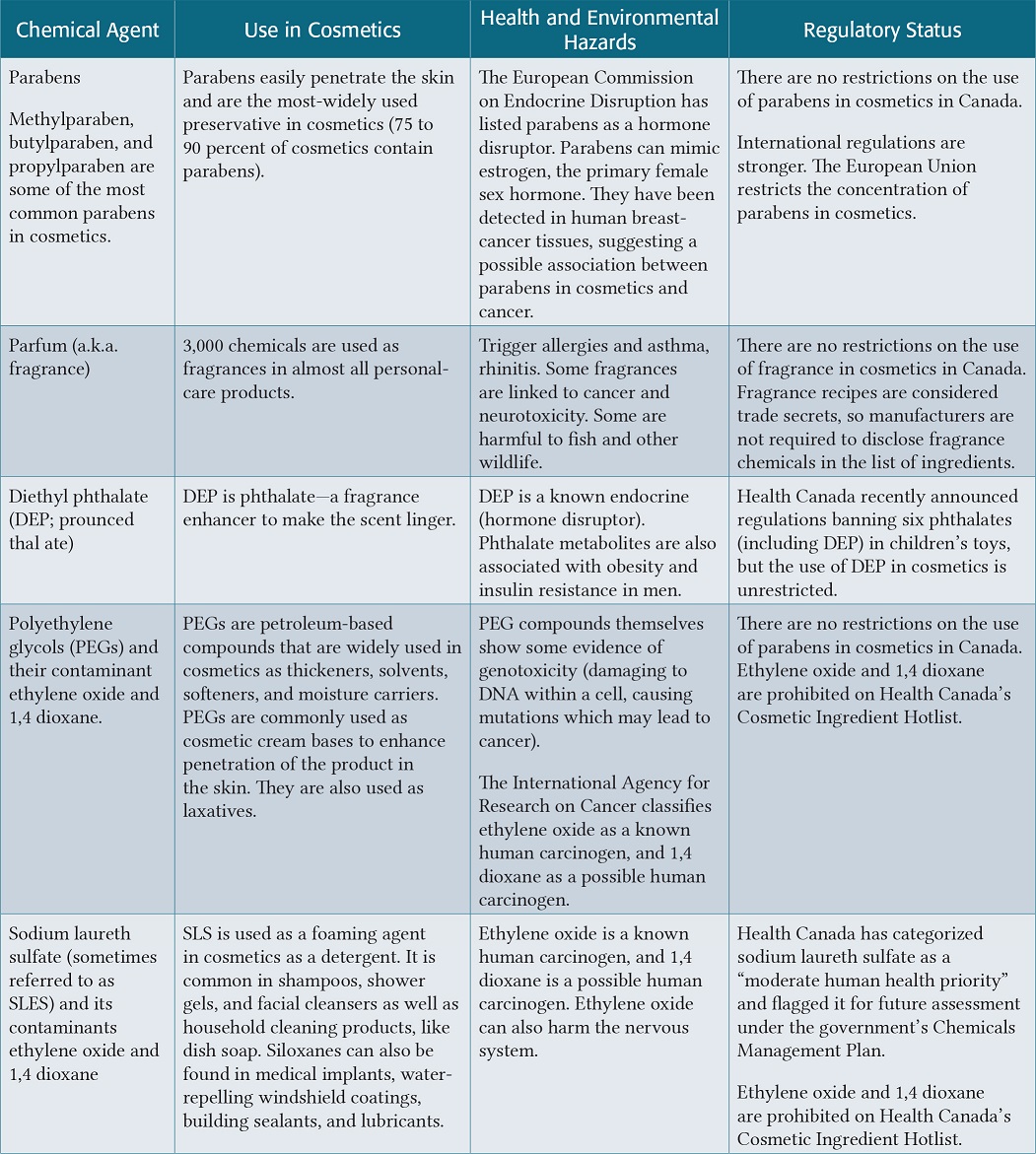
 Angeli Chitale, BSc, ND
Angeli Chitale, BSc, ND
Dr. Angeli Chitale is a licensed naturopathic doctor with
additional training and certification in treatment of both
thyroid and endocrine conditions including fertility for
men and women.
www.restorativemedicine.ca

 Stores
Stores
